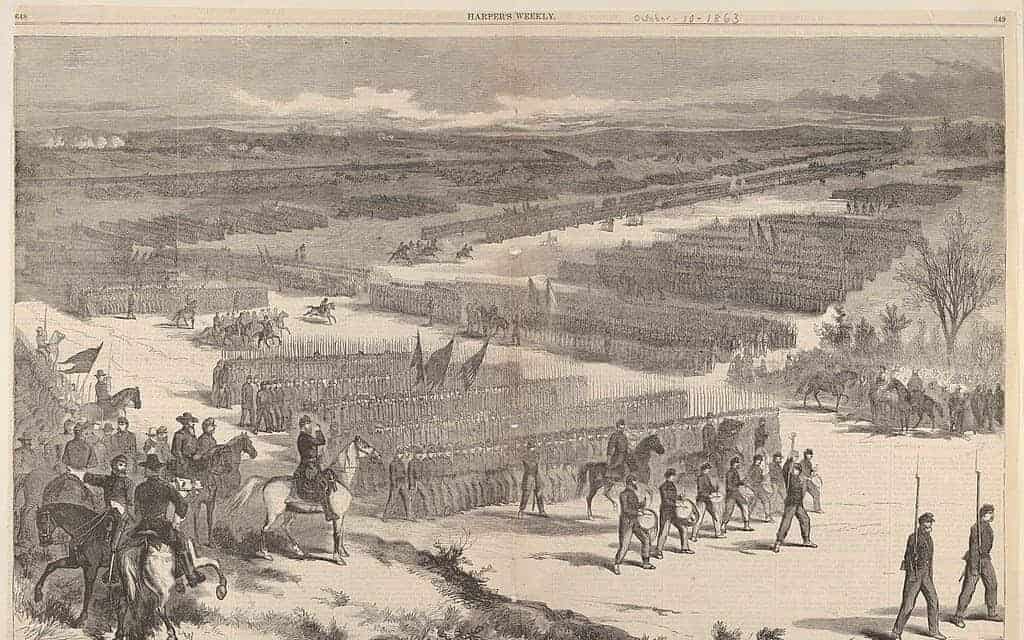From the beginning of the United States, even before Independence was yet to be ensured by military victory, the Congress and the states made promises to American troops regarding their treatment as veterans. The promises were made as enlistment inducements to new troops and those whose enlistments were due to expire. That Congress lacked the means to keep the promises was immaterial to the politicians who sat there. During the war itself soldiers were seldom paid, and promises were made that they would be fully compensated at some ill-defined point in the future. Most of them weren’t.
America pays lip service to honoring its veterans, but when it comes to actually providing for them the United States has a checkered history at best. With the exception of the end of World War II, when the GI Bill of Rights protected jobs for returning vets, along with providing housing and educational benefits which created the suburbs and boosted the whole country, the country has not lived up to Lincoln’s admonition, “…to care for him who has borne the battle.” After the First World War, veterans demonstrating to remind Congress of their promised due were fired upon by American troops, commanded By Douglas MacArthur. There are many other similar tales.

ADVERTISEMENT - CONTINUE READING BELOW
Here are ten examples of the ways in which the United States government has treated its veterans in the past.

ADVERTISEMENT - CONTINUE READING BELOW
Veterans of the American Revolutionary War
The American Revolution on the side of the Patriots was fought entirely by volunteers, some of them in state militia and others by direct enlistment into the Continental regiments. In total about 230,000 men served in the Continental Army during the war, though it never exceeded 50,000 on active duty at any one time. An enlistee was promised a bit over $6 per month for his service. Bonuses were often offered at the time of enlistment, and they varied depending on who was paying it and where the enlistment took place. The cost of the soldier’s uniform, weapons, and other equipment was deducted from his pay.
Congress offered further inducements, including grants of land in the west after the war, half-pay pensions for the wounded and disabled, and more. Soldiers seldom saw their pay during the war, and some regiments who did were paid in nearly worthless state currency rather than coin. The situation became so bad that regiments mutinied demanding their pay. When Washington was ready to begin his move south to entrap Cornwallis at Yorktown it required a loan from the French Commander Rochambeau to partially pay his army before the troops would move.
After the war the army disbanded and soldiers lobbied Congress for their back pay and the other promised benefits. Under the Articles of Confederation Congress had no power to levy taxes, and thus no way to raise the funds needed to pay the veterans who had won the Revolutionary War. With no hard currency and little in the way of capital, veterans who were able to take title to the land grants they had been promised could not pay the taxes levied upon them. Some were forced to sell their land to speculators just to clear their taxes and avoid imprisonment.
ADVERTISEMENT - CONTINUE READING BELOW
After the Constitution was ratified and the Congress was able to levy taxes the situation did not much improve. Political opposition to the payment of pensions to the veterans of the Continental Army prevented the government from meeting its obligations made by the Congress under the Articles. Officers of the Continental Army formed the Society of the Cincinnati in part to raise funds for their mutual support, but the Society was only open to former officers. Enlisted men were left to their own devices. Most petitioned Congress for their pension.
The pensions not only had to pass through Congress, they also required the approval of the War Department, led by Secretary of War Henry Knox, himself a veteran of the Continental Army, where he had served as Washington’s Chief of Artillery. Knox was penurious with the new nation’s money when it came to allowing for disabilities acquired when in the Continental service. Not until 1818 would Congress pass an act which allowed for the disbursement of the promised pensions, when the pool of surviving veterans had shrunk considerably.

